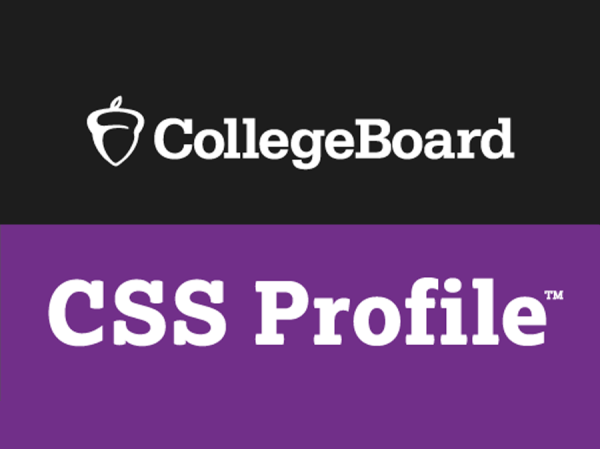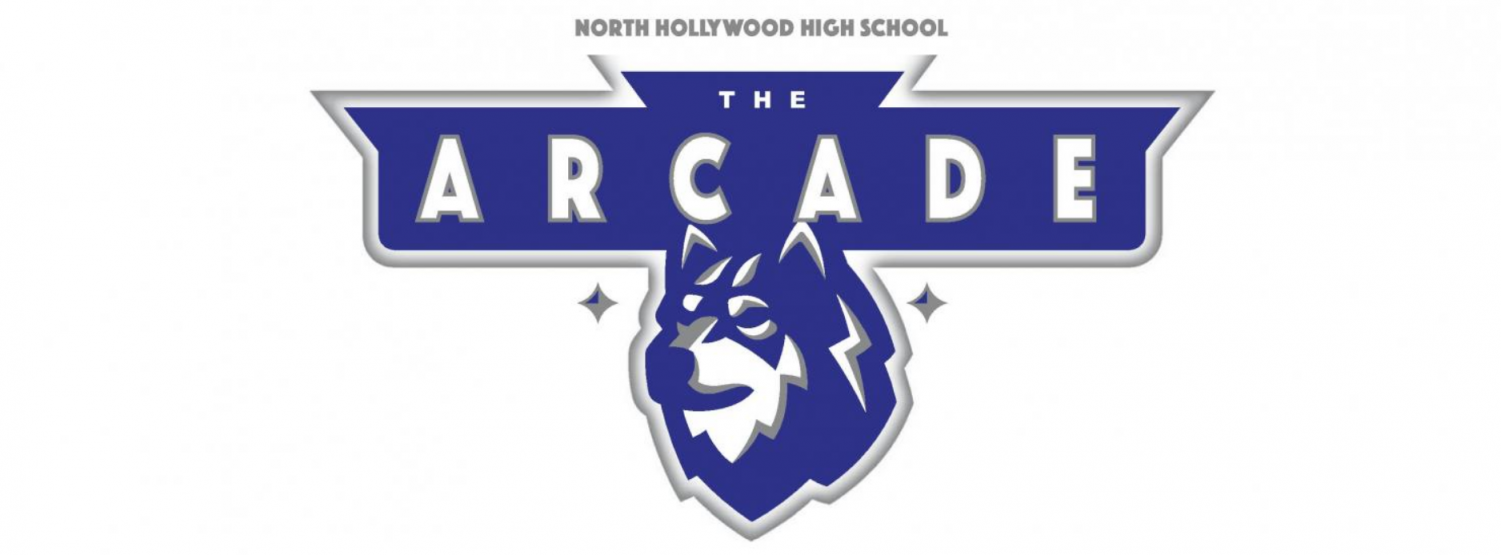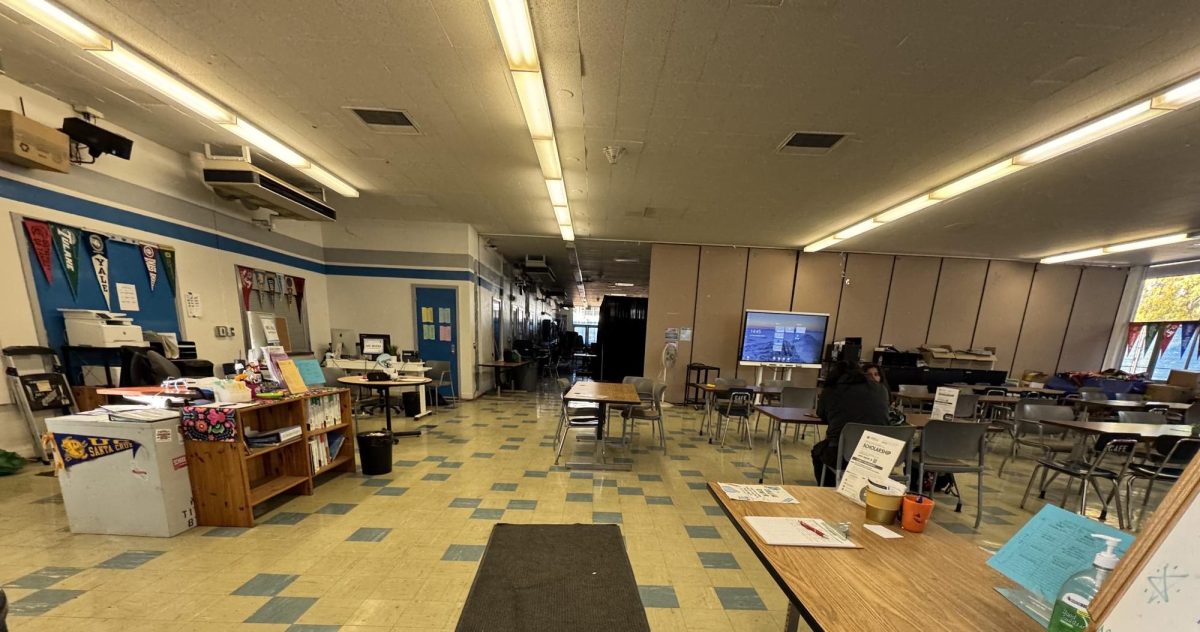While many students are familiar with the Free Application for Federal Student Aid (FAFSA), there’s another crucial financial aid application that often goes hand in hand—the CSS Profile, or College Scholarship Service Profile.
Created by the College Board, the CSS Profile, is similar to the FAFSA in that filling it out may qualify you for certain types of financial aid for college. Unlike the FAFSA, however, which awards federal aid, the CSS Profile awards only nonfederal institutional aid.
Many students who seek admission to public schools within the University of California system only need to fill out the FAFSA form. Conversely, those considering applications to private institutions must complete the CSS Profile to secure financial aid. Students can find a list of participating schools on the College Board website.
“Initially, I focused on a few UC and CSU schools. However, as I broadened my horizons and applied to private and out-of-state schools, it became clear to me that I needed to tackle the CSS Profile along with the FAFSA to ensure I could get financial aid,” shared SAS senior Emma Hernandez.
Most students can begin to complete the CSS application in their senior year of high school starting on Oct 1. Unlike the FAFSA deadline of June 30, 2025, for the 2024-25 school year, the CSS Profile deadline varies, as each school has their own deadline.
“This year, since the FAFSA opened much later than the CSS Profile because of its changes, I was able to get a head start and begin working on my CSS profile sooner without juggling both forms at the same time,” expressed HEA senior Lucas Calderon.
Considering that the FAFSA form has recently undergone changes to make it easier and quicker for students to fill out, the CSS profile is much more lengthy, so it’s important students begin working on it sooner.
The CSS Profile usually wants more information about students’ family’s finances than the FAFSA. Also, unlike the FAFSA, if students’ parents are divorced they’ll need information from both of them, so each parent will need to complete the CSS profile separately.
“Dealing with the FAFSA was frustrating with all its glitches and issues,” mentioned HEA senior Alex Castillo, “but the CSS profile is also another slightly less daunting challenge to tackle because it takes a while to fill out. It took me a couple days, so I recommend starting it earlier.”

SAS senior Andrea Sepulveda shared her experience with completing the form, saying, “The CSS profile asks more specific questions about my parents’ finances, so I had to ask them to bring out more financial documents which can take longer.”
Since most high school students already have a College Board account for the SAT, PSAT or AP, creating a new one is not necessary and students can just use the same username and password to sign-in and complete the CSS Profile. If students don’t already have a College Board account, they must create one.
Custodial parents will use the same account as their student. Only noncustodial parents will create a separate College Board account using their (the parent’s) information, not the student’s information.
Some students find this aspect of the CSS Profile as a hurdle in their journey to financial aid. “I wish that the CSS profile was like the FAFSA and that they didn’t ask for my non-custodial parent’s information because it’s hard to get in contact with him,” SAS senior Edwin Castillo remarked.
Besides the difficulty some students may have with accessing their non-custodial parent’s information, the biggest source of confusion for parents is creating their own account using the student’s information. Once students have created their account and are completing the CSS Profile, they must be careful to answer student sections with the student’s information and parent sections with the parent’s information.
“Having my dad create his own Collegeboard account was kind of hectic because he had never accessed the college board account, so I had to guide him step by step. It was a new world for him,” NHHS Academy senior William Estrada mentioned.
Once students are in and ready to begin applying, the application will provide online help to guide them. Students do not need to complete the application all at once; they can save the application and return to it later.
To complete the application, students will need their parents’ most recently completed tax returns, W-2 forms and other records of current year income, records of untaxed income and benefits, assets, and bank statements.
SAS senior Anna Velasquez shared her input on this factor, stating that she thinks, “The CSS profile should have the IRS Data Retrieval Tool like the FAFSA. This feature made it so all IRS data could be easily transferred to my FAFSA form, without tediously having to manually put in the tax information like with the CSS profile.”
Once the application is submitted, students’ dashboard includes their payment receipt and any next steps, such as uploading documents through the Institutional Documentation Service (IDOC).
IDOC is a service that collects family financial documents and distributes them to institutions on behalf of the student. Students will likely be asked to upload tax returns, W-2 forms, and other financial aid documents for themselves and their parents.
“Being able to directly transfer tax data with the FAFSA is the best way of ensuring that your FAFSA form has accurate tax information and that you won’t need to provide a copy of your parents’ tax returns to colleges,” expressed senior Emma Lopez, “but with the CSS profile I have to ask my parents to scavenge for their tax return documents in order to upload them.”
In order to finalize the submission, students will need to pay an initial fee of $25. However, the CSS Profile is free to domestic undergraduate students whose family income is up to $100,000.
It’s important to remember that the CSS applications are entirely separate from the FAFSA. This means that submitting the CSS Profile does not impact students’ federal financial aid from FAFSA.
In a time when access to education is more crucial than ever, the CSS Profile is an important tool for students pursuing higher education as it provides a comprehensive financial snapshot, allowing institutions to assess individual financial need accurately and tailor financial aid packages to support students through their academic journey.














